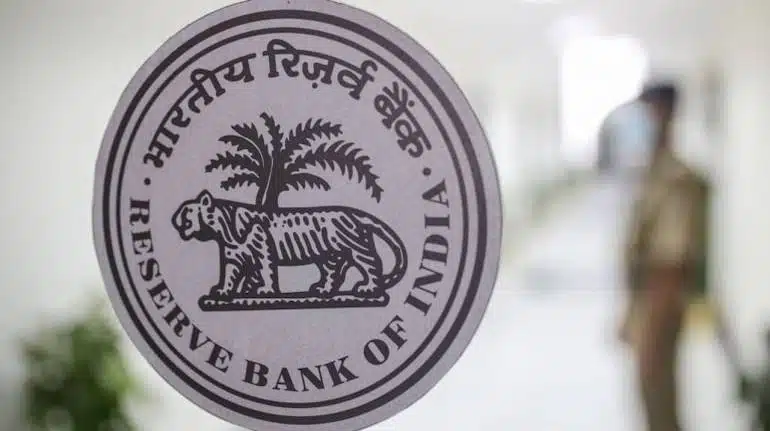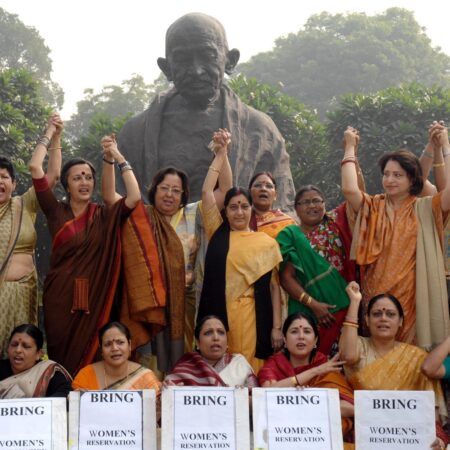A major factor in the RBI’s decision to raise interest rates once more is that inflation in the third-largest economy in Asia is still over the upper tolerance range of 6.00%, having reached 6.52% in January and only marginally dipping to 6.44% in February.
A Reuters poll of economists found that the Reserve Bank of India will continue to retain its tightening policy and that the central bank would increase its main interest rate by 25 basis points on April 6 before pausing for the remainder of the year.
Image Source: The Economic Times
Table of Contents
Repo rate-
The Reserve Bank of India’s (RBI) repo rate is the interest rate at which it loans money to commercial banks. Repurchase Agreement or Repurchasing Option is referred to as “Repo.” Banks sell appropriate securities to get loans from the RBI, the country’s central bank. The commercial bank and the central bank will come to an arrangement to repurchase the securities at a set price. This is carried out when banks are low on cash or must maintain liquidity under erratic market circumstances. The repo rate is a tool used by the RBI to manage inflation.
Current interest rate by RBI-
As of December 7, 2022, the interest rate on term deposits established by the RBI varies from 6.00% to 7.25% for terms of less than one year. The RBI announced a third repo rate increase on August 5, 2022, increasing it by 50 basis points to 5.40% with immediate effect. The RBI is anticipated to increase its benchmark interest rate by 25 basis points on April 6, 2024, before pausing for the remainder of the year, according to a recent Reuters report.
The repo rate was raised by 25 basis points on February 8, 2024, according to the Monetary Policy Committee (MPC). As a result, the current repo rate has increased from 6.25% to 6.50%. The reverse repo rate is still 3.35% at this time. The Bank Rate has increased to 6.75%, as has the rate for the Marginal Standing Facility (MSF). 6.25% is the Standing Deposit Facility Rate.
Impact of increase in interest rate by RBI on the economy-
When the RBI increases the interest rate, it affects the economy in various ways, including:
- Cost of borrowing: An increase in interest rates increases the cost of borrowing for both people and corporations. Borrowing and investment may decline as a result of consumers delaying their plans until interest rates drop once again. This may therefore cause a slowdown in economic growth.
- Inflation: As individuals are less inclined to borrow and spend money, higher interest rates can help to limit inflation. It is possible to prevent price increases from being too rapid and to stabilise the economy by limiting the amount of money in circulation.
- Exchange rates: A rise in interest rates may also raise demand for a currency by luring more foreign investors into the market. This may result in the currency’s value increasing, increasing the cost of imports while lowering the price of exports, which may have an effect on world commerce.
- Stock market: When interest rates rise, the stock market may also decline. This is due to the possibility that businesses may have to pay a higher interest rate on their borrowing, which might result in a decline in their profitability and stock value.
A hike in interest rates by the RBI might have a considerable effect on the economy overall, impacting borrowing costs, inflation, currency rates, and the stock market. It is crucial to remember that these consequences might change based on the state of the economy at the time and the government policies put in place.













